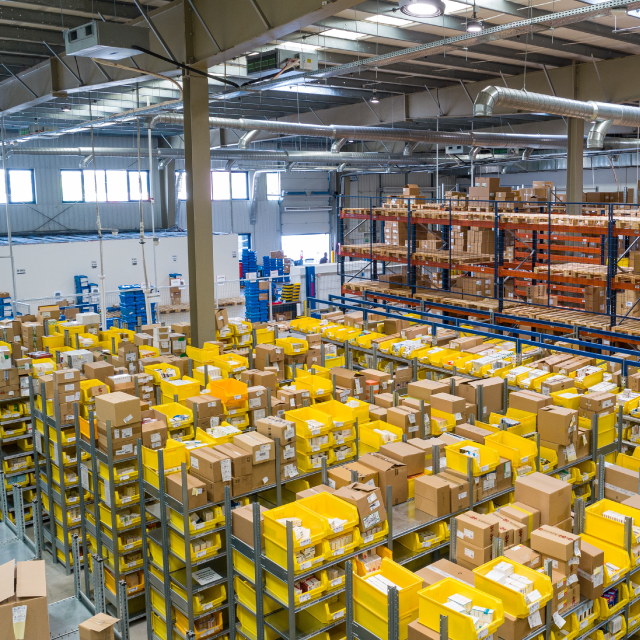
Why is it so complicated to regulate temperature in a warehouse? As a Beaverton business owner, you’ve likely struggled to keep your commercial buildings warm in the winter and cool in the summer. These temperature fluctuations diminish worker productivity and in worst case scenarios have serious health effects.
Many commercial spaces face similar heating and cooling challenges. Fortunately, there are steps you can take to reduce the complications of temperature regulation in a warehouse and make your property more comfortable and energy-efficient.
Common Temperature Complications in Warehouses
Temperature regulation in commercial buildings can be tricky. Warehouses are especially difficult because they’re large and open spaces, often with poor airflow and little insulation. As a business owner, you’ll want to improve your team’s comfort and productivity while reducing energy costs.
 5 Tips for Heating and Cooling Your Warehouse
5 Tips for Heating and Cooling Your Warehouse
Check out these tips and tricks to improve your warehouse’s temperature regulation issues.
1. Create Climate Zones
Break your space down into smaller sections and think about regulating temperature in that zone of your warehouse. Focus on heating and cooling areas where employees or machinery require it. Consider installing radiant heat devices in smaller rooms where people congregate or upgrading to a powerful high-efficiency heating and cooling system for larger spaces.
2. Cool Your Roof
Did you know your warehouse rooftop can spike to over 190°F on hot days? That heat will transfer into the building, straining an inefficient AC system. However, by installing a reflective “cool roof” you’ll be able to repel that heat and reduce your power bills.
If you’re putting up a new warehouse, this is the ideal time to invest in cool roof technology. It can be added to existing buildings, too, with the upfront costs paying off over time.
3. Recycle Regulated Air
An energy recovery ventilator (ERV) device taps into the power already expended to heat or cool air inside your building and uses that energy to treat incoming air. ERV technology improves your warehouse HVAC system’s efficiency and drives down your power bills.
Another approach is to install a fan system throughout your warehouse. This will spread conditioned air around your plant, keeping employees comfortable wherever they’re stationed to work. Effective placement will help keep the property cool in summer and warm in winter.
4. Insulate and Ventilate
Make sure your wall and ceiling insulation is up to date, while doors and windows remain leak-free. We recommend double-paned windows and weather stripping to fix leaks.
What about loading dock doors? As a warehouse owner, you know those have to stay open a lot of the time! Installing vinyl “air curtains” or truck shelters significantly slows the energy loss from these openings.
If hot air tends to pool at your warehouse’s ceiling, making the floor area cool for employees, installing skylights and other high-level windows can help with ventilation and circulation.
5. Work Smarter
Programmable thermostats are now commonplace in homes, and that technology is equally effective for controlling temperatures in commercial buildings. Our commercial HVAC contractors can help you upgrade your warehouse to this newer technology.
Sensors are another way to improve your property’s energy efficiency. These devices automatically determine when and where temperature regulation is needed. For instance, they can sense the locations of people in the building and turn on the HVAC system just in those areas. When workers leave for the night, the system shuts down to save energy.
Schedule a Checkup with Our Commercial HVAC Contractors
When you’re ready to overcome the temperature regulation issues at your warehouse, our local commercial HVAC installation experts are here to help. Contact AAA Heating and Cooling in Beaverton for all your business property’s repair, replacement, upgrade, and maintenance needs.